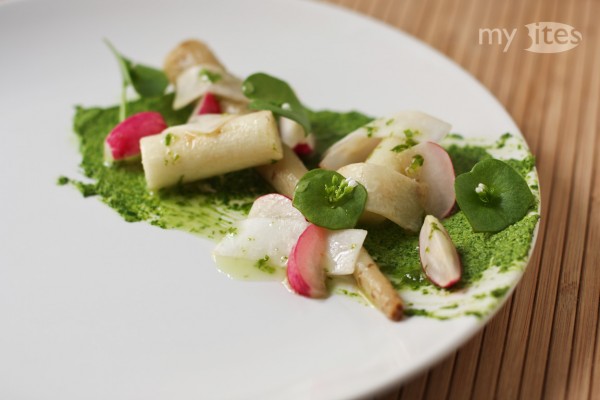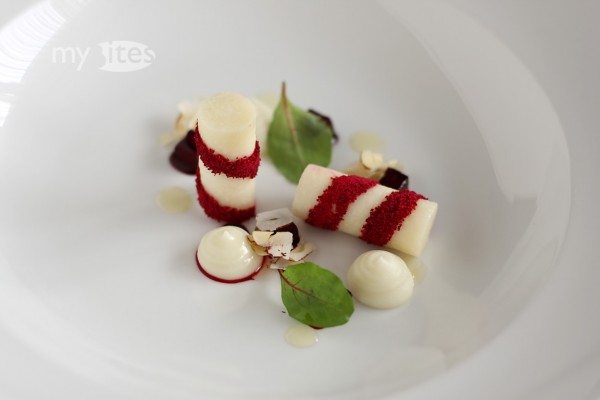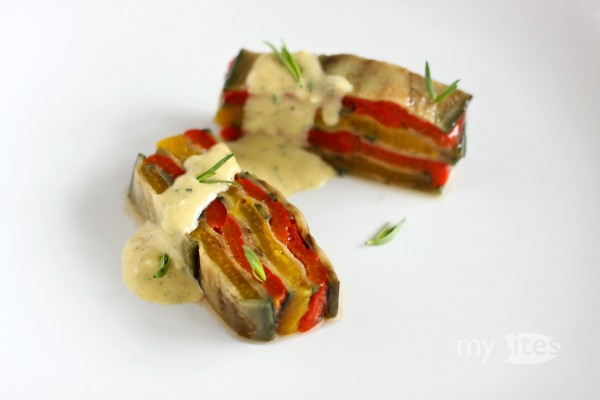In many countries there are a lot of simple recipes for leftover bread. One of the sweet variations is French toast (or in Germany “Arme Ritter”), which is bread soaked in milk an egg. In Hungary this dish is typically served as a savory meal under the name “bundás kenyér”, which translates to “a bread with coat”.
I’ve been following the blog of the ingenious Dave Arnold for several years now. Back in 2009 he posted a recipe of an egg yolk bread, which I was able to try only now, since I haven’t had a pressure cooker. The “bread” consists of egg yolk, salt and baking powder only – so no flour, no yeast, no nuts, no milk. It is great when freshly “baked”, but it really surprised me when toasted in butter. This egg yolk “bread” perfectly resembled both the texture and the flavour of the aforementioned Hungarian leftover meal – although in this case without the “coat”.





